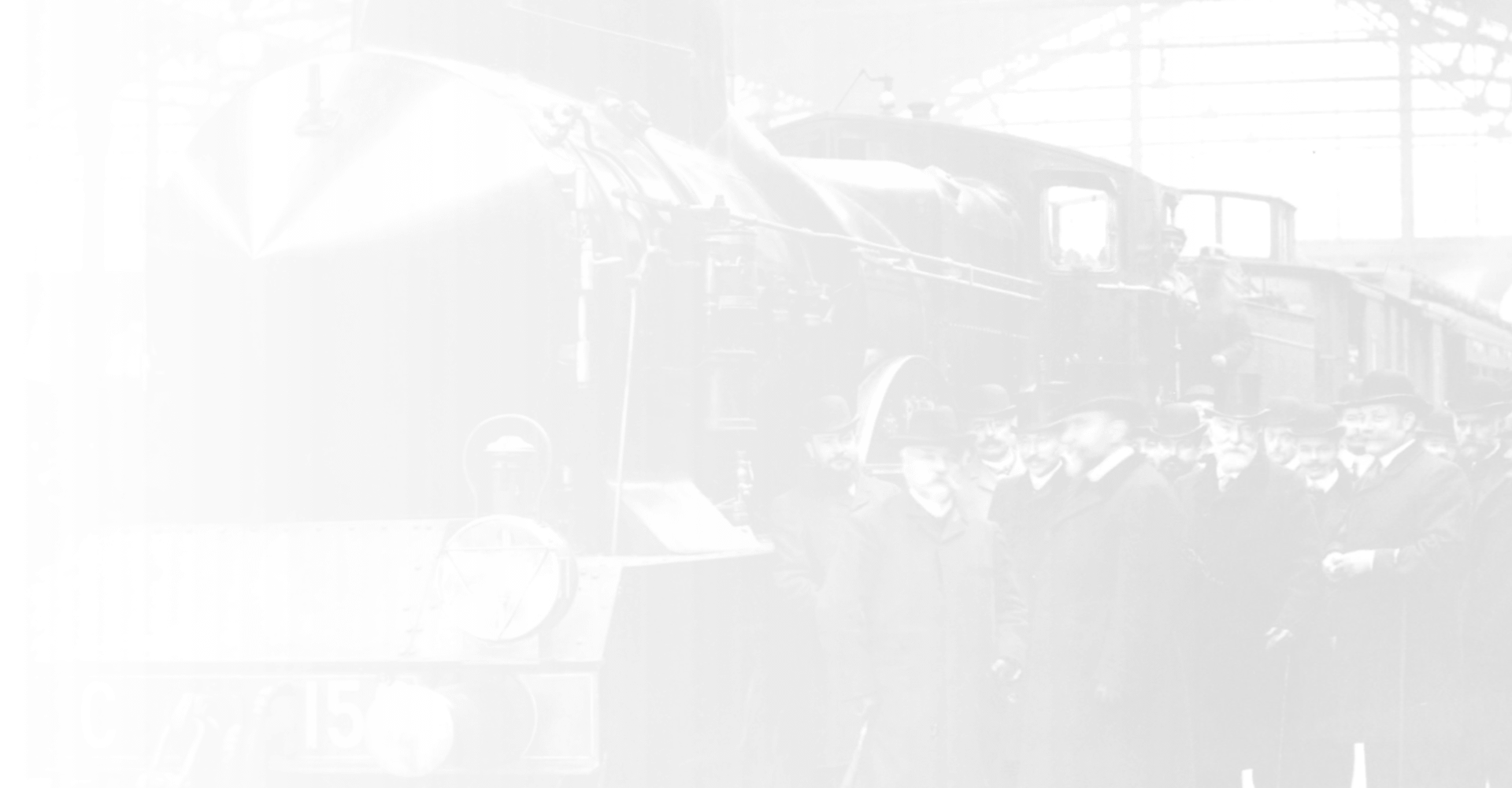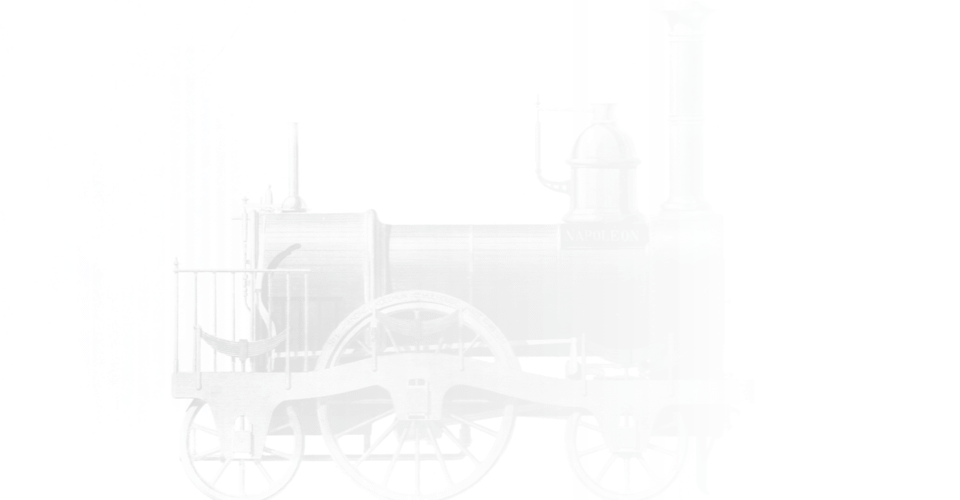
I will be your guide
for this railways museum tour.
between the five broad periods
that have marked the history of the museum.
All aboard!
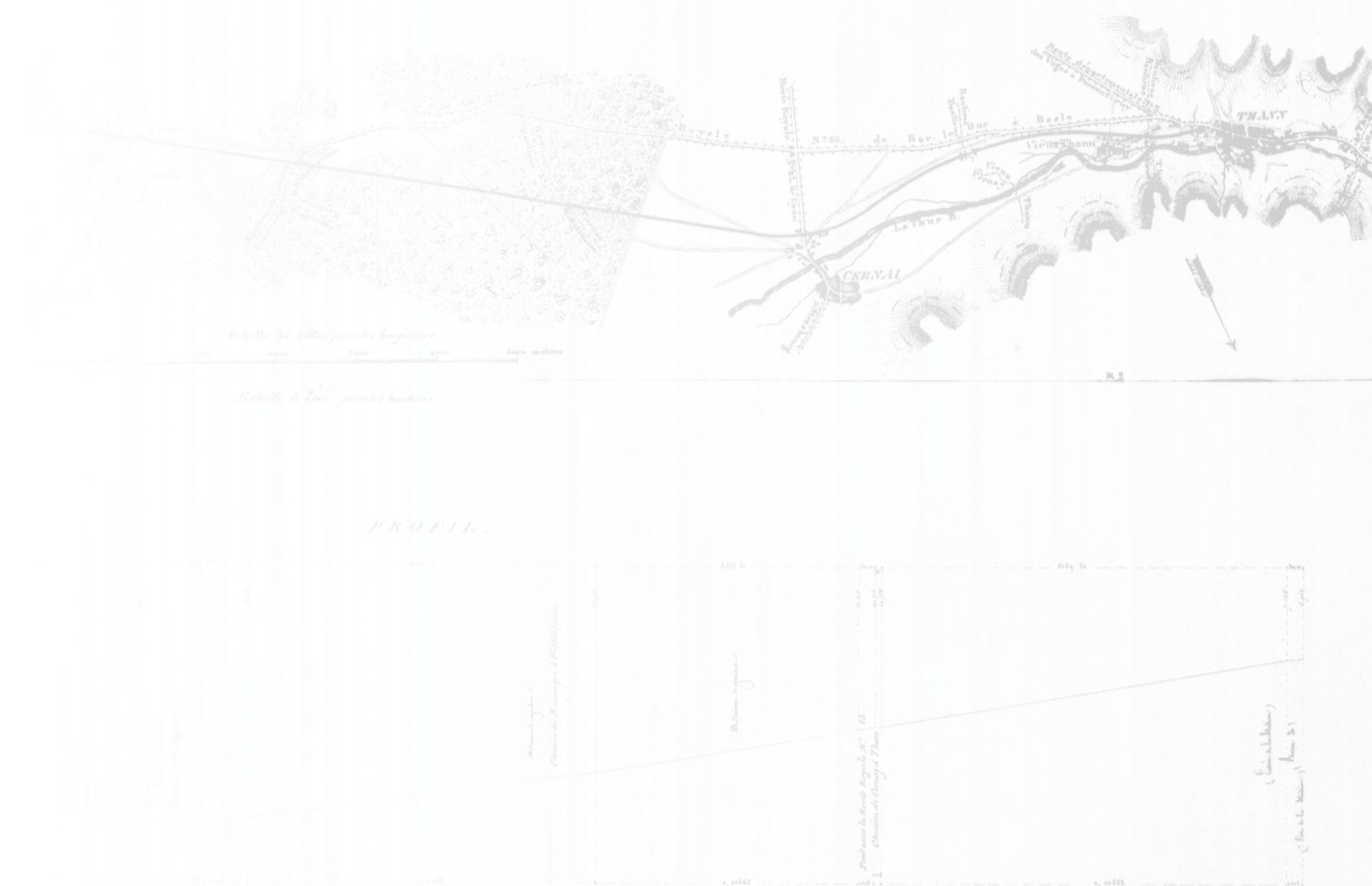
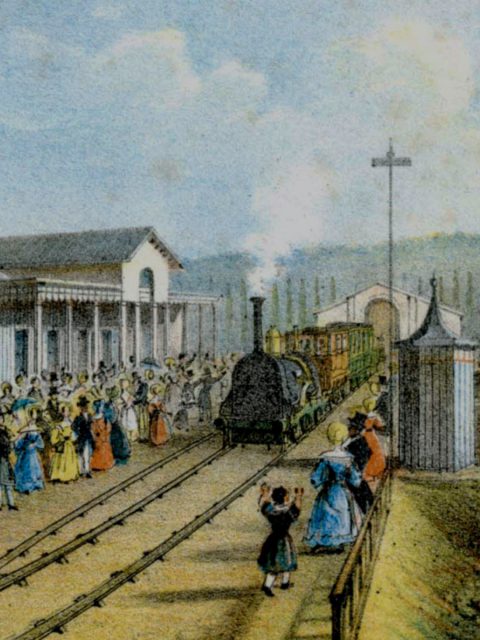
Birth of
the railways heritage
-1900
In 1825, the first passenger railway line was inaugurated in England, between Stockton and Darlington. The event was the fruit of decades of efforts, and brought Europe into a new age, that of steam traction. France soon emerged as a major player in that technical adventure. Rail companies, trains, stations, signals, and the various trades to operate them transformed the relationship with time and distance in the 19th century. The expansion of the rail network simultaneously nurtured a new imaginary world, which was part and parcel of the early railways heritage.
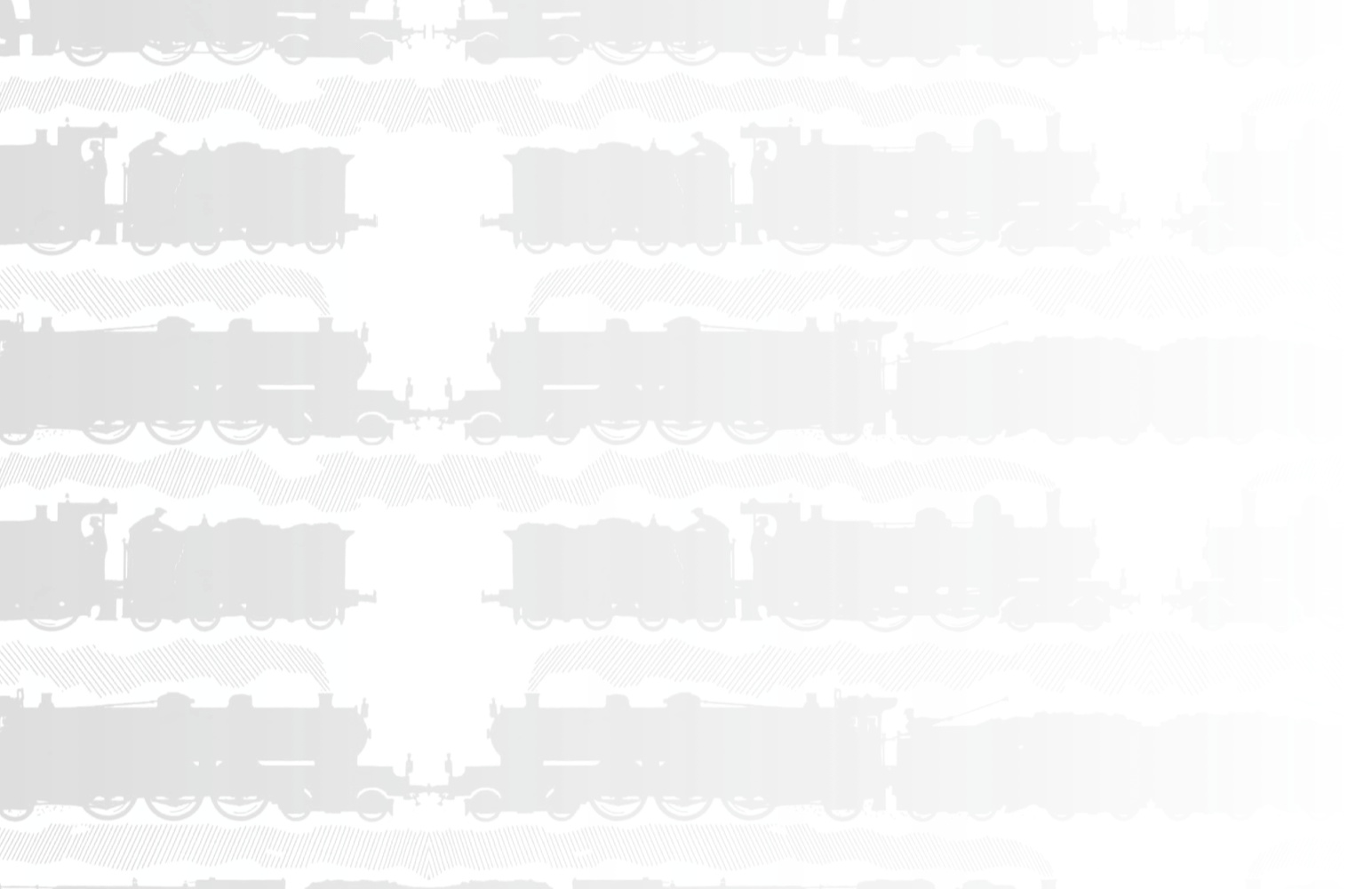
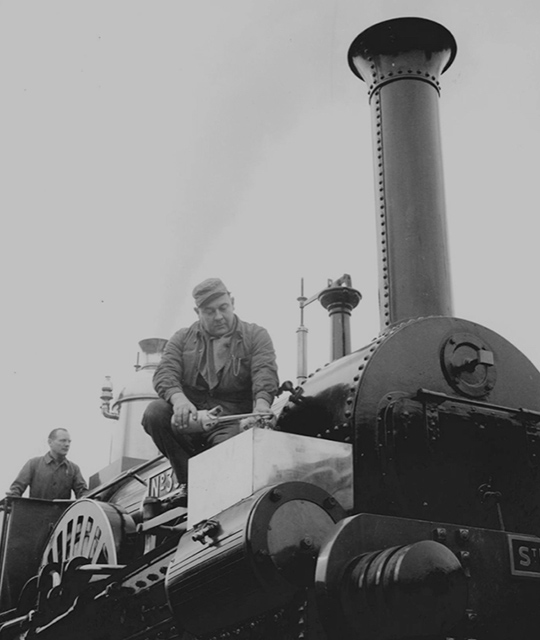
A
collection
in movement
1971
On 12 June 1971, the French Railways Museum was inaugurated in the half roundhouse of Mulhouse North. The inauguration marked the beginning of a museum adventure that is still going strong today, and mainly bears testament to the efforts made from the 1940s to accompany that long-term cultural project. Because the main questions raised at the Universal Expositions of the 19th century still remain: where and how to display trains, these massive, organic and ever changing objects?
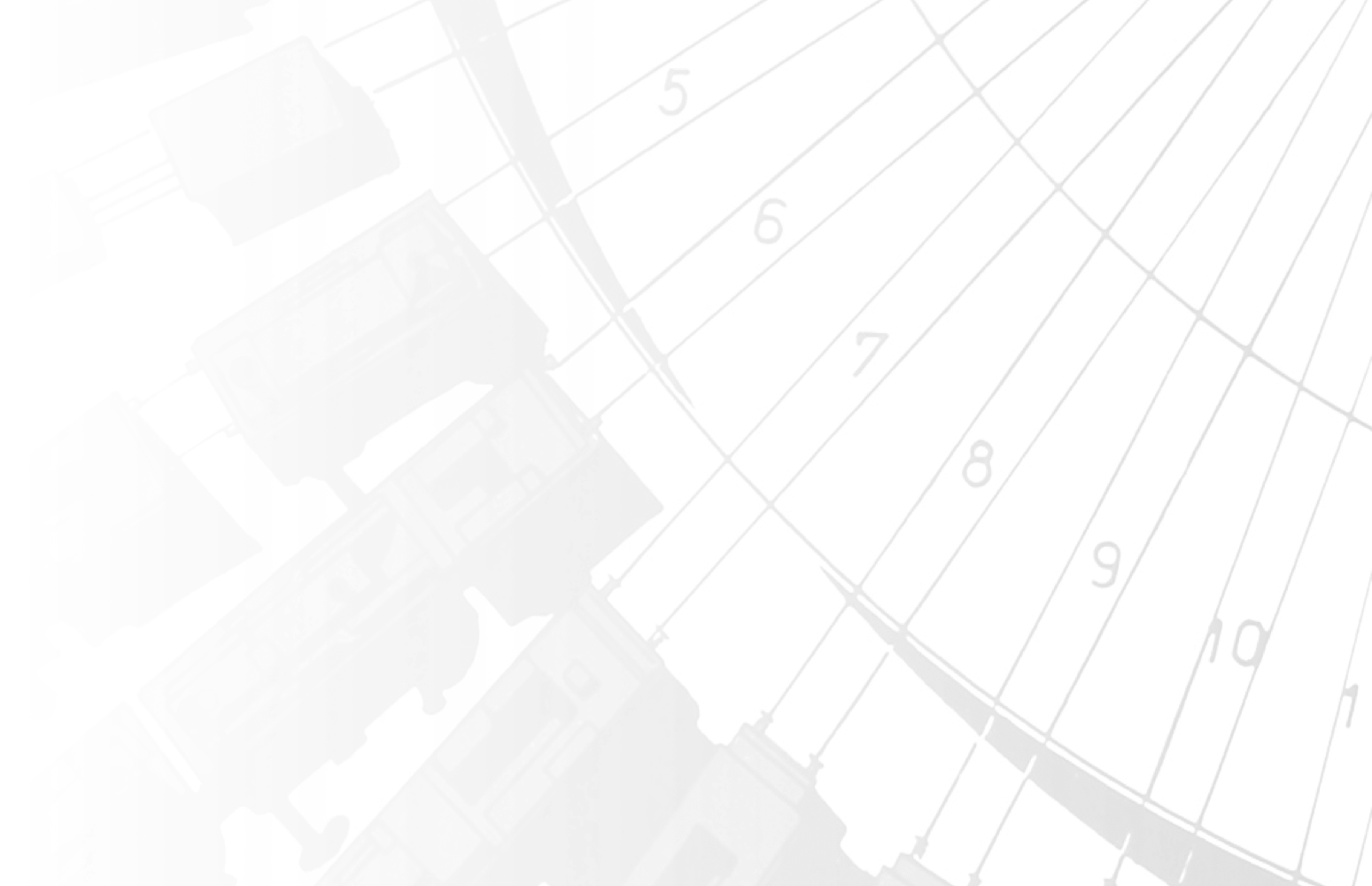
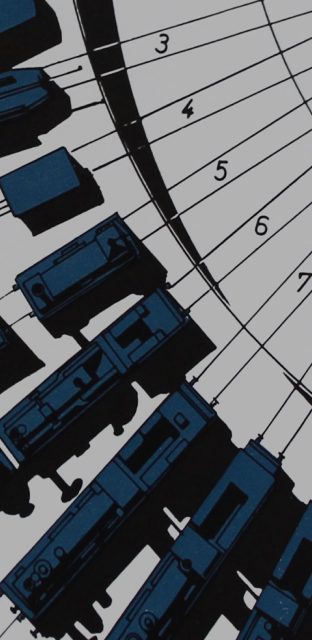
Mulhouse-North,
a temporary
exhibition
-1976
The 13 pieces of rolling stock exhibited from 1971 to 1976 in the half roundhouse in Mulhouse-North gave visitors a chance to discover the railways adventure. Yet, as André Ségalat, President of SNCF at the time of the official inauguration on 3 July 1971, reminds us, the history of railways is still being written. While the official building emerged gradually out of the soil in Dornach, the founders of the institution had already thought of the future, when the descendants of the Turbotrain would make their way into the museum.
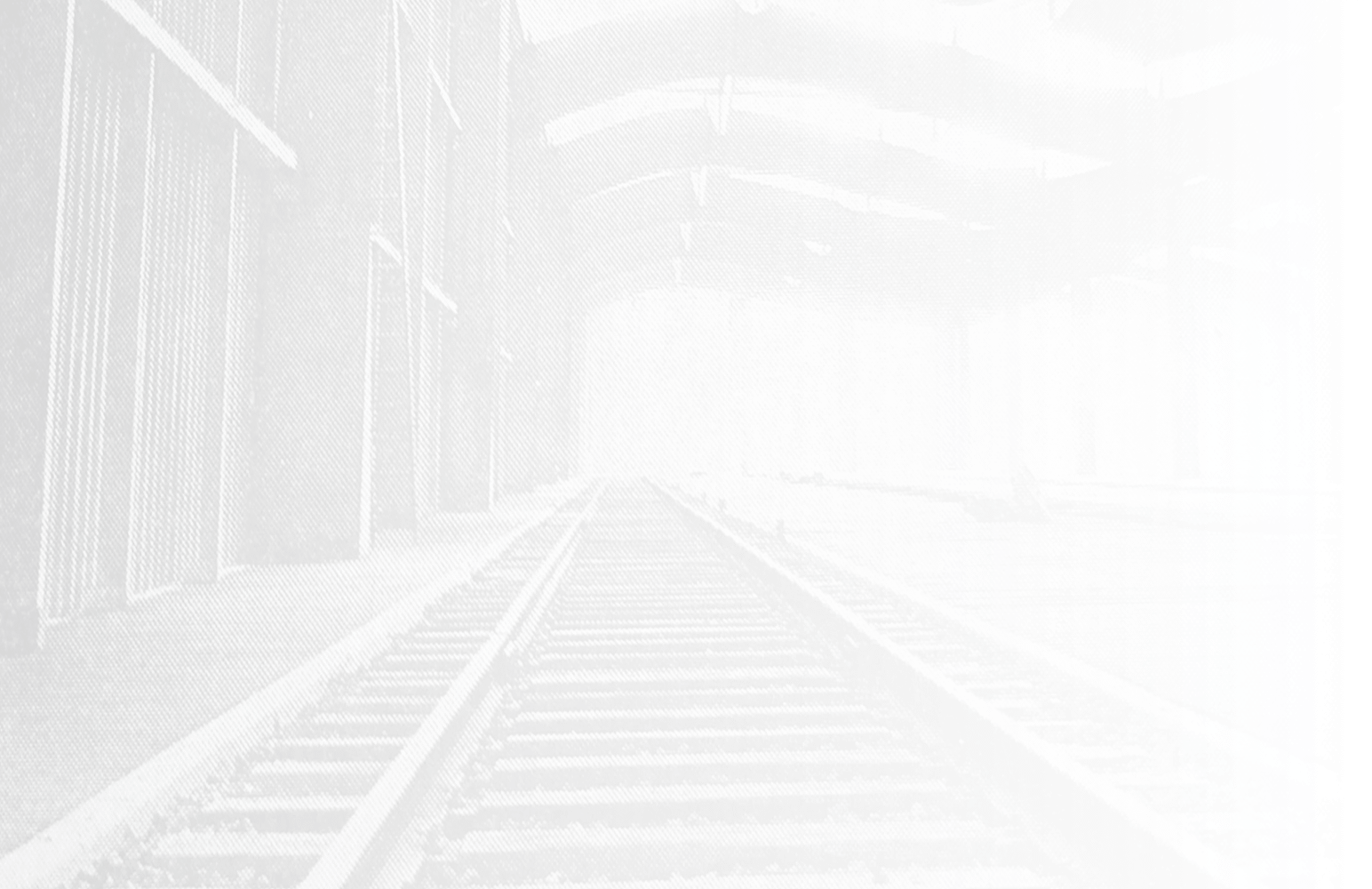
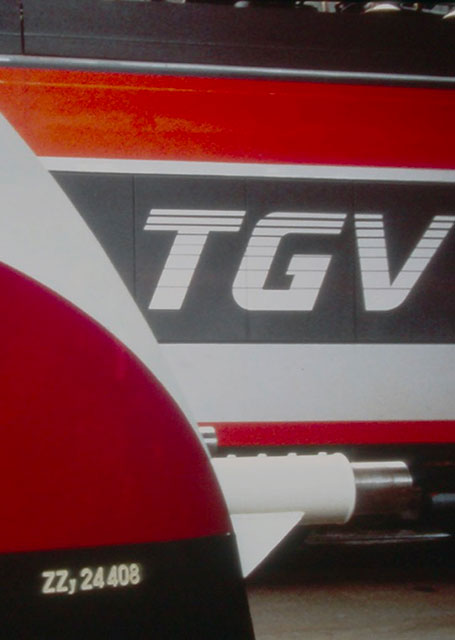
French
Railways Museum
2005
The French Railways Museum was inaugurated in 1976 in Dornach, its final home. The building, designed by the architect Pierre-Yves Schoen from Mulhouse, combines reinforced concrete and glulam, to house an unusual collection. Locomotives, carriages and wagons are complemented by models, engines, signals, tracks and more. The museum is an incomparable place of heritage, and an inextinguishable source of inspiration. Concerts, musicals, fashion shoots and cinema screenings are some of the many events that mark the days in this establishment, which is firmly rooted in the present.
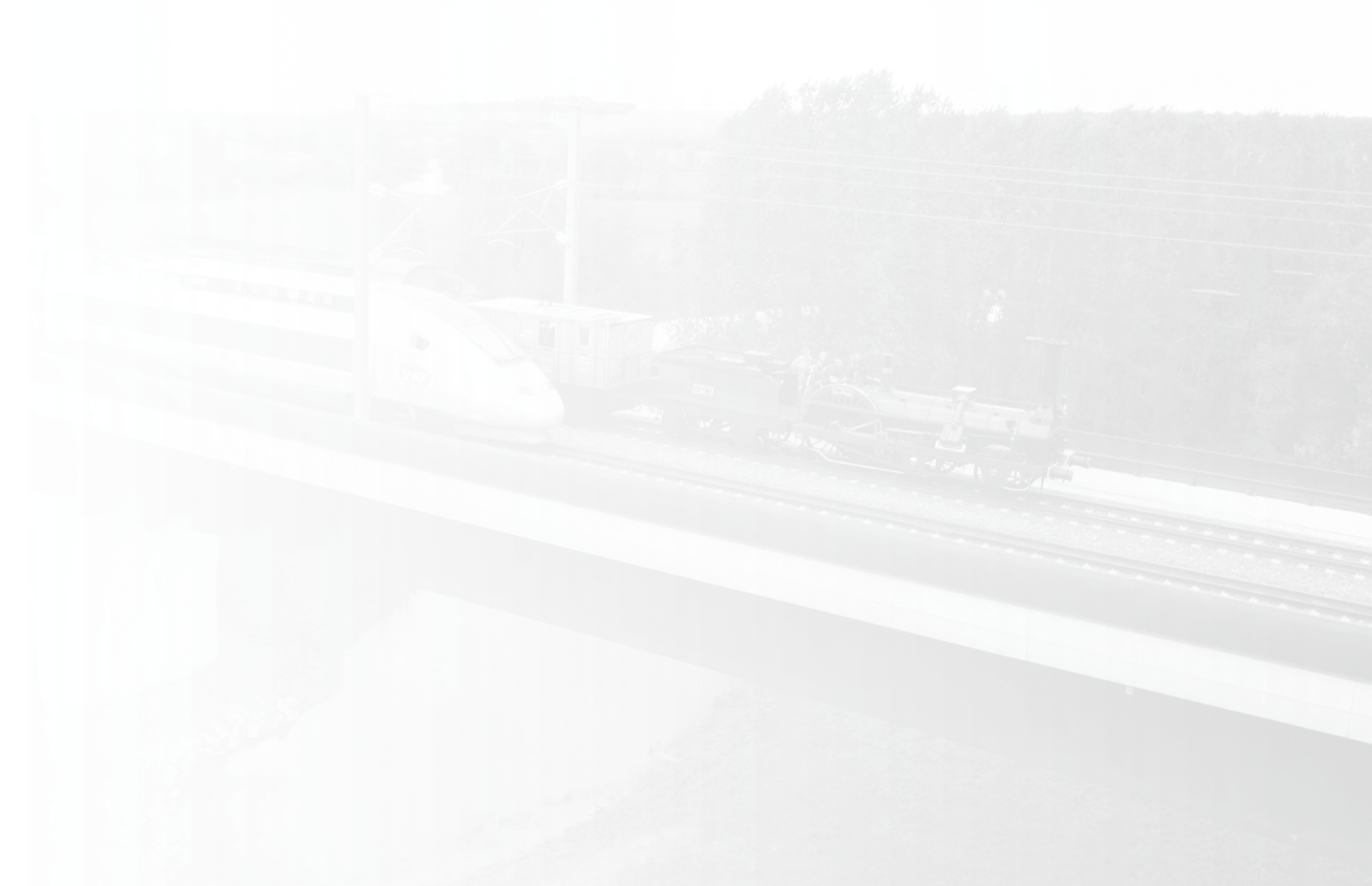
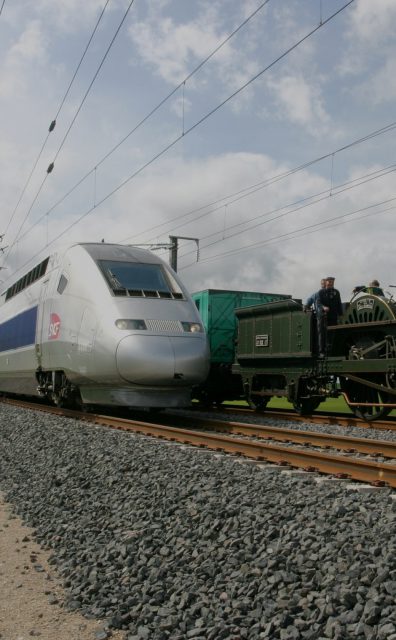
La Cité
du Train-
SNCF
heritage
-2021
In 2005, the French Railways Museum became the Cité du Train. After months of refurbishment work, the establishment offered the public a new space, called the Show Tour. Aimed at showcasing the railways through broad themes such as holidays, mountains, official trains, war, railway workers and travelling, this 6000 square metre area marks a new stage in the history of the museum. The redesigning of Platforms in History and then the creation of the Railway Panorama later made it possible to address the requirements of the newly arrived rolling stock. Because a transport museum cannot just put the past on display. It must tirelessly question the present and thus anticipate the future of mobility.
